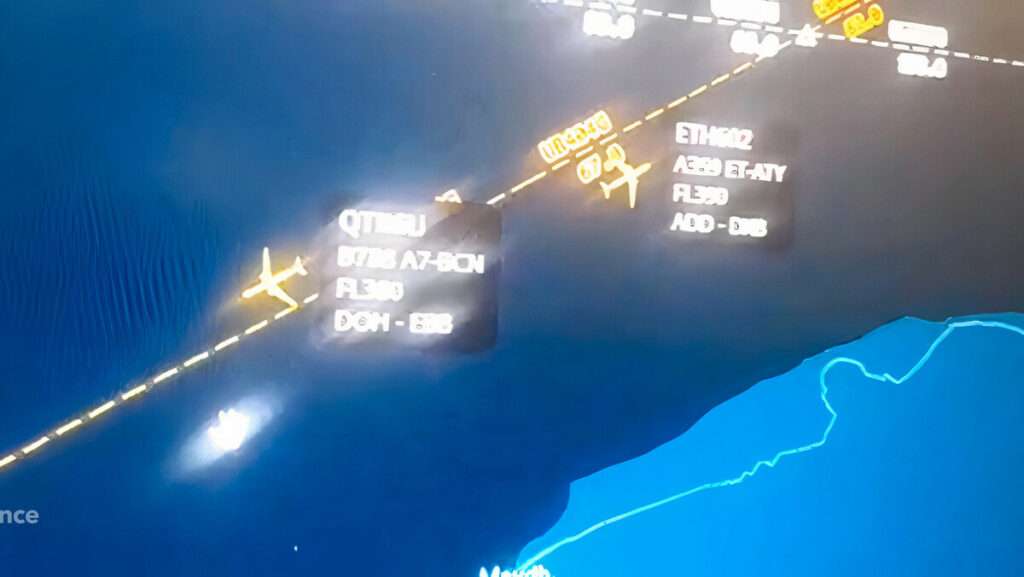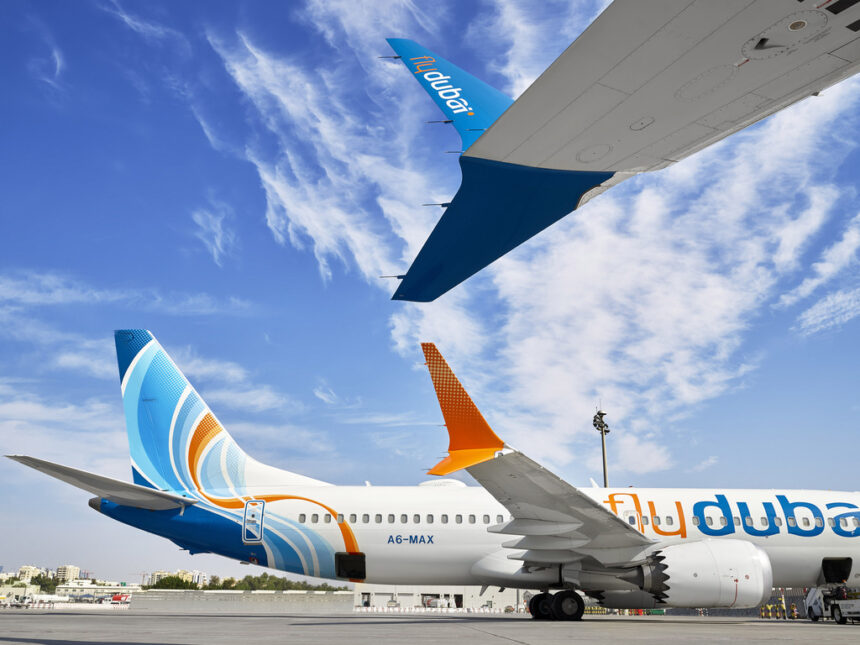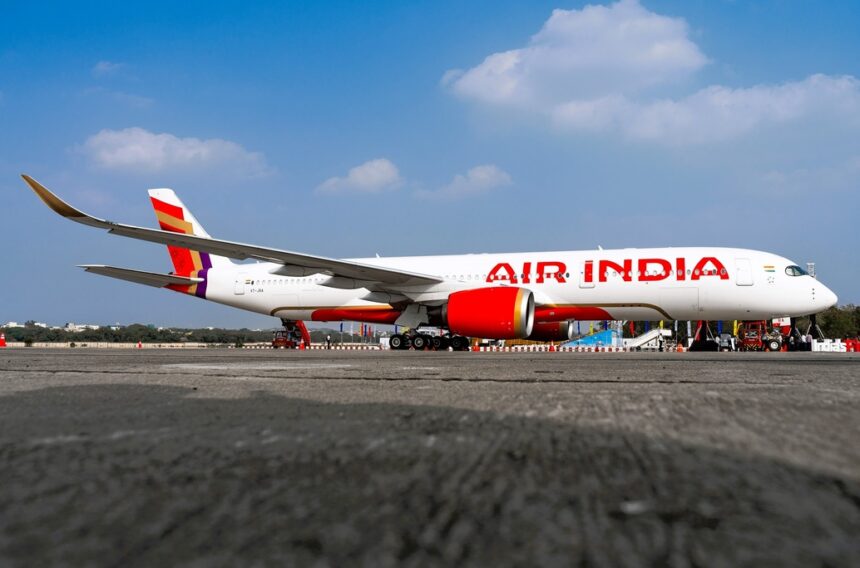On February 24, 2024, a potential mid-air collision was narrowly avoided by TCAS in the skies over Somalia.
A Qatar Airways Boeing 787-8 and an Ethiopian Airlines Airbus A350-900 came dangerously close to colliding in transit.
The incident involved Qatar Airways flight QR1383, en route from Doha (DOH) to Entebbe (EBB), and Ethiopian Airlines flight ET602, operating from Addis Ababa (ABB) to Dubai (DXB).
Qatar Airways flight, en route from Doha to Entebbe, received instructions from air traffic control (ATC) in Mogadishu to climb to 40,000 feet.
Unbeknownst to the crew, an Ethiopian Airlines flight was already cruising at 39,000 feet on the same route, passing in the opposite direction.
Collision Averted by TCAS
The conflict was averted by the onboard Traffic Collision Avoidance System (TCAS) on the Qatar Airways aircraft.
It detected the approaching Ethiopian Airlines flight and issued an immediate warning to the crew. Following the TCAS alert, the Qatar Airways pilots promptly initiated a descent to FL380 (38,000 feet).
This near miss has triggered an investigation by both airlines and Somalian aviation authorities.
The investigation now seeks to determine the cause of the miscommunication between ATC and the Qatar Airways flight.

CAA Statement
A statement issued by Somaliland’s Civil Aviation Authority following the incident said:
“Today at around 12:32 pm in East Africa, the Qatar Airways flight (Qatar 6U) that came from the Valley to Entebbe and was flying at a constant altitude (38000ft) was wrongly told by the controllers in Mogadishu to climb to 40,000 feet.”
“They were flying at the same time and were facing an Ethiopian Airlines flight number (Ethiopia 602) which was flying from Addis to Dubai.”
“But fortunately, the TCAS (Traffic Avoidance Collision System) device attached to the plane gave an urgent warning and told the presence of the other plane.”
“The planes were at a dangerous distance from each other, but the equipment attached to the two planes was saved.”

The Importance of TCAS
The incident serves as a powerful reminder of the importance of TCAS in modern aviation. This onboard system acts as an additional layer of safety, constantly monitoring airspace for potential conflicts.
The system alerts crews to nearby aircraft, even when ATC communication is compromised.
However, the responsibility for passenger safety doesn’t solely lie with technology. The vigilance and quick response of the Qatar Airways pilots was equally instrumental in averting disaster.
Their adherence to safety protocols and prompt action highlight the critical role of human judgment in maintaining aviation safety.
Strengthening Regional Air Traffic Management
The near miss over Somalia raises questions about potential shortcomings in air traffic management procedures in the region.
Addressing these concerns is crucial to ensuring the continued safety of air travel in this vital airspace.
Strengthening communication protocols between airlines and ATC becomes critical. Additionally, investing in advanced radar and navigation technology, and fostering regional collaboration on air traffic management practices are all essential steps toward preventing similar incidents in the future.

Click the banner to subscribe to our weekly Emergencies and Incidents newsletter.

Click the photo to join our WhatsApp channel so then you can stay up to date with everything going on in the aviation industry!









